About a year ago, on January 18th, 2018, President Trump announced tariffs on washing machines and solar cells. This was the first major kick off for an announcement of a series of trade tariffs on imported goods.
Monday, September 17, 2018 President Trump announced he was ordering 10% tariffs on $200 billion worth of Chinese imports. These tariffs will go into effect on Sept 24th and remain in effect until the end of the year. If concession by China are not made, the tariffs will jump to 25% at the end of the year.
This is on top of the tariffs on $50 billion worth of goods imposed earlier in the year.
Simple arithmetic, assuming sales of these imported goods remain the same, means $25 billion could be collected for the US Treasury in a year. If the tariffs were to rise to 25%, this figure could grow to $62 billion.
The Trump administration is forecasting the Federal Government budget deficit for the current budget year, which ends Sept 30th, 2018, of $890 billion. Last year the deficit was $665.8 billion so the deficit is up this year a bit over 33%.
So, you could say this extra $62 billion could help reduce the deficit. Additionally, there are other tariffs on other countries that could be used to help the deficit.
But, are Tariffs the way to do this?
One June 1st, 2016 a steel worker union official asked President Obama about job losses at a plant run by Carrier. Obama responded, “…some of those jobs of the past are just not going to come back”.
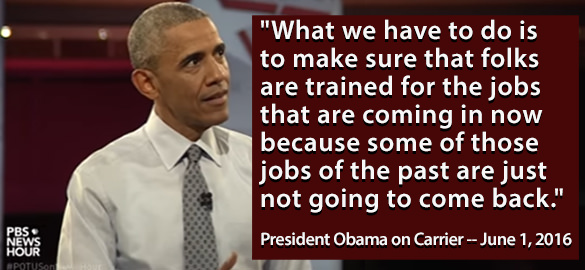
During the 2016 election Donald Trump promised to bring jobs back by negotiating a better deal. The previous administration, Obama, preferred to just complain about IP (Intellectual Property) and used tariffs for a very small number of items, like tires. Obama tried to use the WTO, to little avail. Where Trump appears to care less about the WTO.
Obama responded, “…Well, how exactly are you going to negotiate that? What magic wand do you have?”
Well here we are, negotiated and un-negotiated tariffs. Bilateral trade deals.
America has long stated a goal of Free Trade. America’s ivory tower economists have long stated that Free Trade should be the goal. But, what do Chinese economists espouse? It would appear to be tariffs, borrowing other countries intellectual property, internal government sponsored advertising to discredit companies and products thought to be harmful to the Chinese people in one way or another.
Who has been more successful? Hmm, the Chinese….
What do European Union economists say? Well American Cars imported into the EU get a 10% tariff, before VAT taxes. And American trucks, 25% before VAT taxes. Should we add an extra 10% or 25% tax for Porsche’s, Volkswagen’s, Audi’s, and Mercedes’s? There has been a discussion on this. Tariffs can go both ways.
America in the past did not like to impose tariffs on other countries products because we were rich. Right? We wanted to help everyone. After World War II the idea was to get everyone back up and running. Even China, starting in the 70’s with Nixon, was coaxed into being part of the world stage.
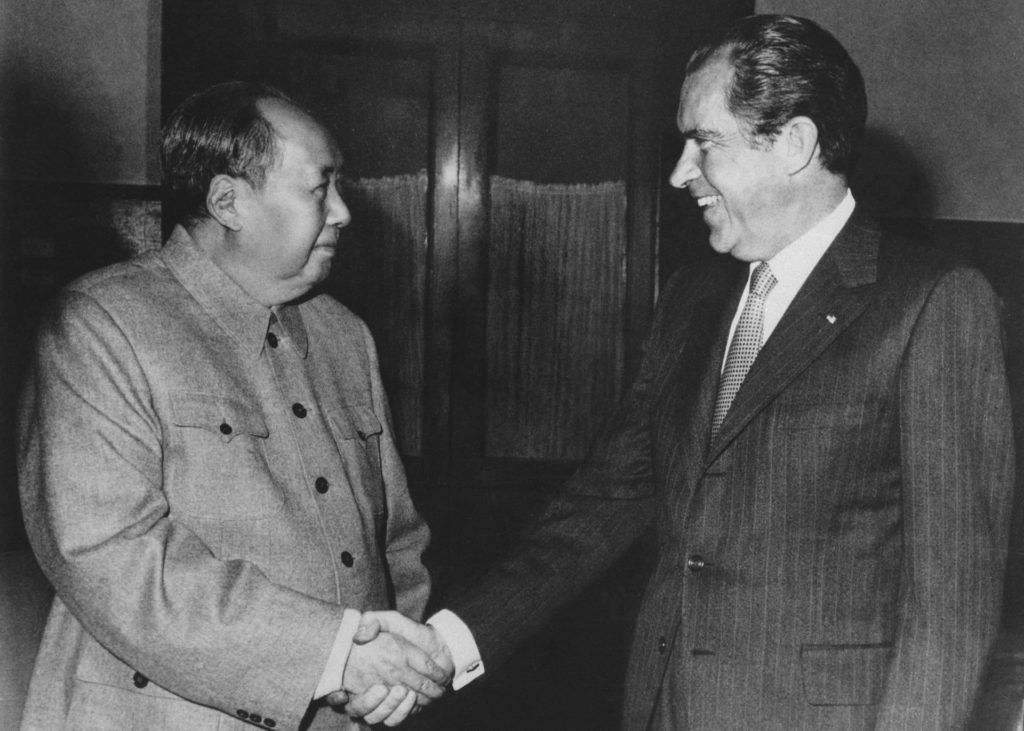
The world via globalization, is undergoing a process I call “Economic Equalization”. Under a pure free trade model consumers purchase the best goods they can for the best price. To lower prices manufacturers try to reduce their cost. They do this by being efficient, and hiring the cheapest adequate employees they can. America, in the middle of the two oceans, the Atlantic and the Pacific has been somewhat protected from a true free market. But cheap, efficient, and dirty shipping, coupled with offshore lower cost producers have had an effect on America’s job providing manufacturers. Under NAFTA American auto makers moved a number of plants to Mexico where autoworkers can be had for $2.30/hour. Much cheaper then the average American auto worker.
The only jobs really safe in America are government workers and service workers. But, is this a way to run a country?
Service workers work cheaply. Government workers are nearly the only workers left with good pensions and premium benefits.
It is easier and cheaper to buy offshore products if you don’t have to pay for silly things like pensions and medical care. Or follow environmental regulations.
The massive container ships the ply the ocean shipping lanes produce a staggering amount of pollution. The most staggering statistic of all is that just 16 of the world’s largest ships can produce as much lung-clogging sulfur pollution as all the world’s cars.
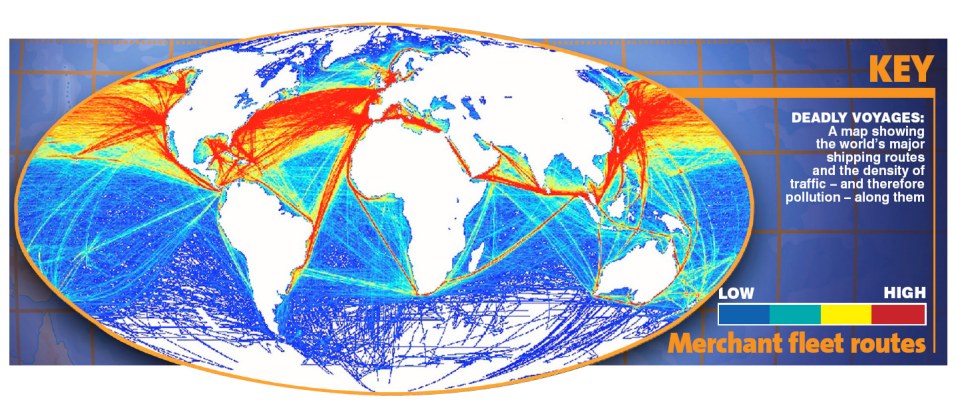
If tariffs reduced ocean shipping between the US and China by 50%. Donald Trump could make the claim that he had reduced several million tons of CO2 and other pollutants. That would put a number of environmentalist in a quandary.
Donald, the environmentalist??
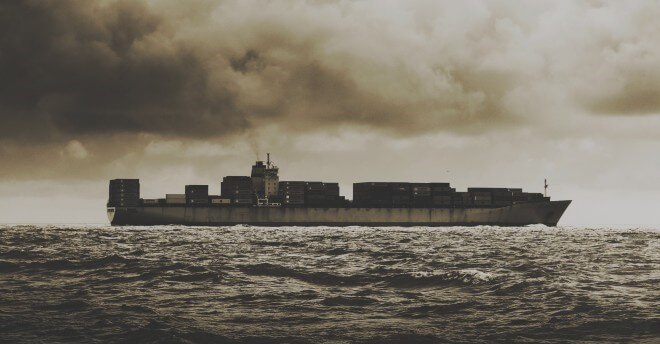
Under Economic Equalization over time, theoretically all workers of a like kind would be paid nearly the same the world over. Adjusted of course for shipping costs of product and supplies. This would mean American salaries and standard of living will continue to fall. And poorer nations would see a better standard of living.
Other nations, such as the European Union and China for example, attempt to protect their citizens and economies. But America has remained a stalwart free trader. Preferring instead to offer unemployment insurance and welfare instead. And handing out Most Favored Nation Status to all but 37 countries.
Can America remain a staunch free trade nation?
American citizens have increasingly purchased larger amounts of Chinese products. The quality of these products has continued to rise. With the money from the American market the Chinese government has increasingly flexed it muscles. They have over past few years claimed additional property and lands from other nations, such as the “Nine-Dash Line”, in effect stealing these lands from other nations. The Philippines won a case against China under the United Nations Court. But China has ignored the ruling and has continued its military control of all lands within their “Nine Dash Lines”. These lands include islands that were thought to belong to the Philippines, Vietnam, Taiwan, Malaysia, and Indonesia. Tibet is no more.
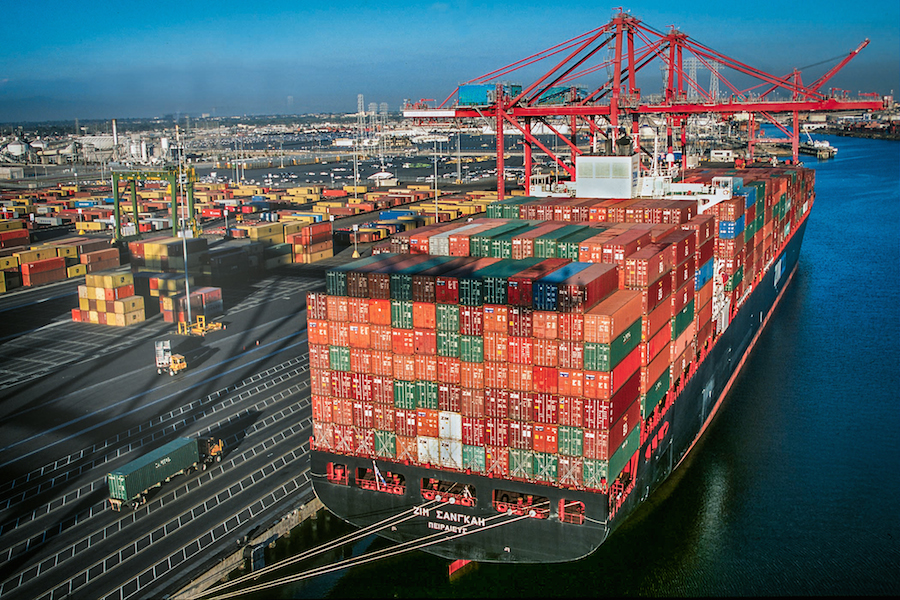
The Philippines took China to the United Nations court on the seizing of their islands and won a case against. But China has ignored the ruling and has continued its military control of all lands within their “Nine Dash Lines”. These lands include islands that were thought to belong to the Philippines, Vietnam, Taiwan, Malaysia, and Indonesia. In April of 2015 Obama stated that he had concerns of China using “its sheer size and muscle to force countries into subordinate positions.”
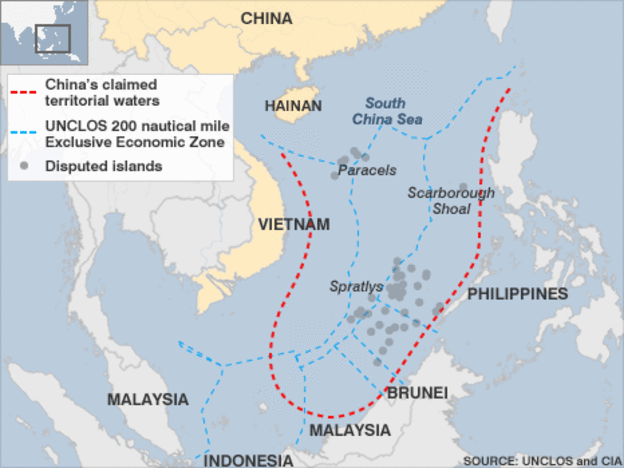
The American consumer has in affect, financed a large portion of the growing Chinese Military Army, Navy, and Air Force that will be used to control this area and others in the future. This financing has occurred as America runs larger budget, and larger trade deficits.
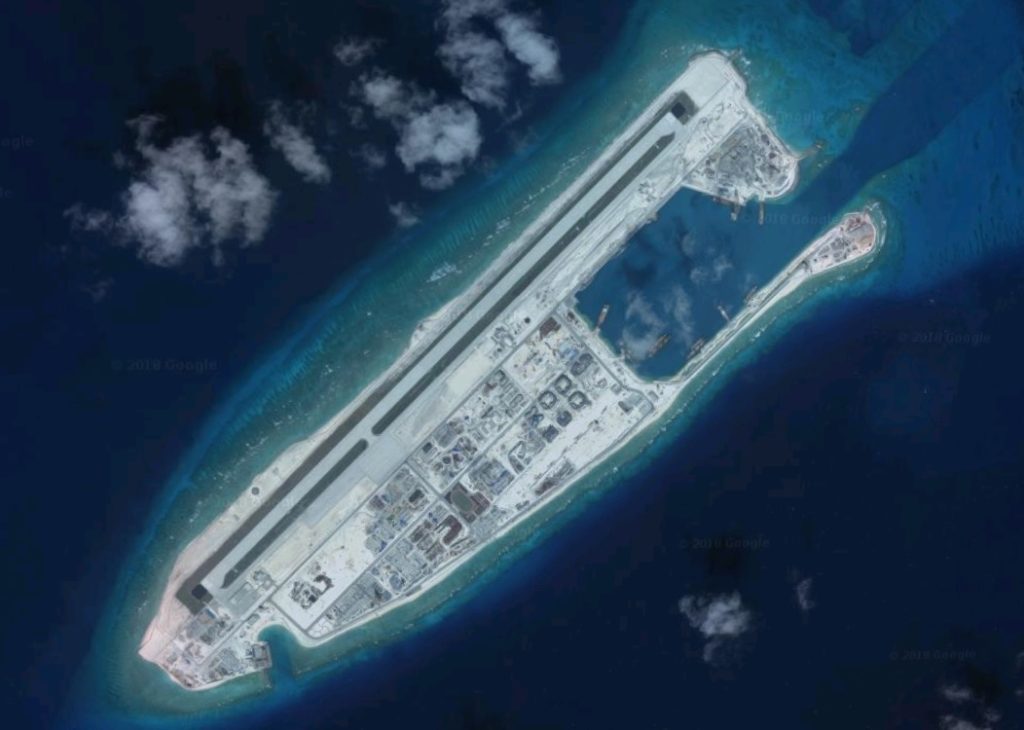
In closing it appears that America will start using Tariffs more than in the recent past. It is hard to say whether America’s tariffs will reach parity with what over countries charge. But at some point they need to be fixed for a period of time for stability.
No one in America is going to invest in a local factory if competing products can undercut them in the next year. It’s easier to invest in a foreign factory, hire cheaper labor, work them to death with longer hours, they don’t need insurance, maternity leave, or good working conditions. Then ship the products long distances polluting the world.
American’s talk a mean game on the environment and working condition. But it really comes down to what’s cheapest on Amazon.
Much has been said about the 2017 tax law changes. Tariffs can help this deficit, but they are paid for by consumers. America may need to consume less, and build more, or pay a bit more, to prevent budget deficits and trade deficits from growing. Tariffs are similar to Europe‘s VAT tax.
Closing
In closing Tariffs against the United States have been nominally higher for goods exported from the US then for goods being imported in. Globalization and “Economic Equalization” have caused the US standard of living to slip on an aggregate level with the rest of the world. Donald Trump has talked about this disparity for years before he was President. And he is now executing on a patchwork of tariff changes. Ideally we would be kinder to our nearby neighbors, Canada and Mexico. And additionally the EU whom we work with under the NATO umbrella. We need to be kind to our strategic friends such as Japan and Australia. But we cannot let other countries take advantage of us. And shipping world wide, along with it’s attendant security concerns, causes enormous pollution.
TIMELINE
The following Tariff timeline, part of which was derived from china-briefing.com, at times helps folks understand how we get to where we are and maybe a trend on where we are going. Tariffs are a form of the Monopoly game’s, Luxury Tax. Note that the timeline is somewhat boring and dry as it’s difficult to piece this information together.
2019-Mar-01 – Decision by the US on whether up $200B of Chinese goods from the 10% category, to the 25% category.2
2018-Dec-14 – China temporarily lower tariffs on US auto’s and resumes buying US soybean exports.
2018-July-03 – Micron Technology Inc, a US company, is ordered to halt sales in China.
2018-June-22 – The EU imposes tariffs on U.S. exports valued at $3.2 billion, including bourbon, orange juice, peanut butter and denim
2018-June-15 – China schedules 25% duties on 545 U.S. products, worth $34 billion in trade and promises duties targeting $16 billion in U.S. energy exports.
2018-June-05 – Mexico responds to steel and aluminum tariffs by imposing duties on $3 billion worth of U.S. pork, steel, cheese and other goods.
2018-May-22 – China announces they will cut import duties on cars from 25% to 15%.
2018-May-09 – China stopped buying soybeans from America. Buying resumed on Dec-14.
2018-Apr-17 – China announces “antidumping” duties, (tariffs), of 178.6% on US Sorghum.
2018-Apr-04 – China announces an “additional 25% tariff on imports from the US. This includes automobiles, chemicals, aircraft, some farm products. This is in response to proposed US duties on high tech goods.
2018-Mar-23 – China announces new tariffs of $3B on US Imports in response to the steel and aluminum tariffs.
2018-Mar-22 – In response to China’s “unfair trade practices”, the US proposes additional tariffs.
2018-Mar-18 – The EU states it will consider trade “rebalancing” tariffs on US Exports.
2018-Mar-9 – Trump signs tariffs on imported steel and aluminum from all nations. This was a big step, might be a bit of overreach if the true focus of the target is China. But, America needs to have a steel industry. If in WW2 we bought our steel from Asia, where would we be?
2018-Jan-22 – The US imposes tariffs on washing machines and solar cell imports. Washing machines come out of the EU, South Korea, and Japan. Solar cells come out of Japan and China. Strategically, the US should maintain a footing in the Solar Cell arena.